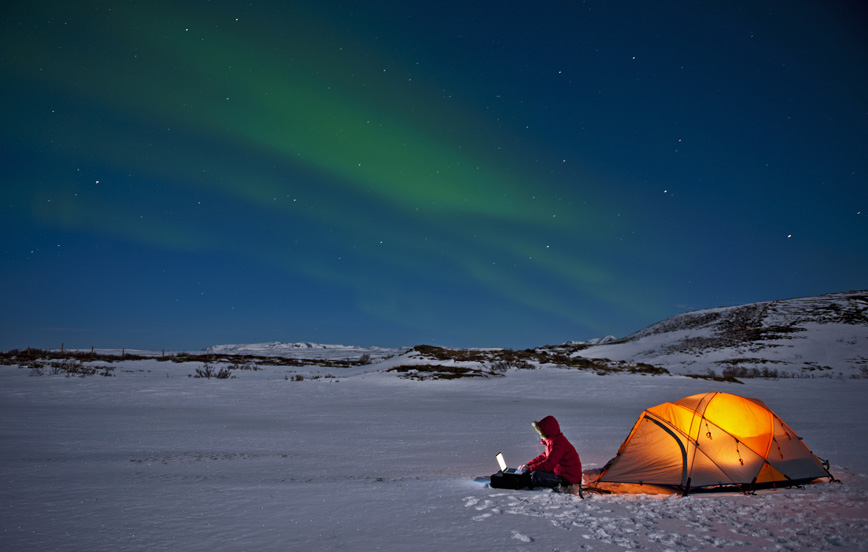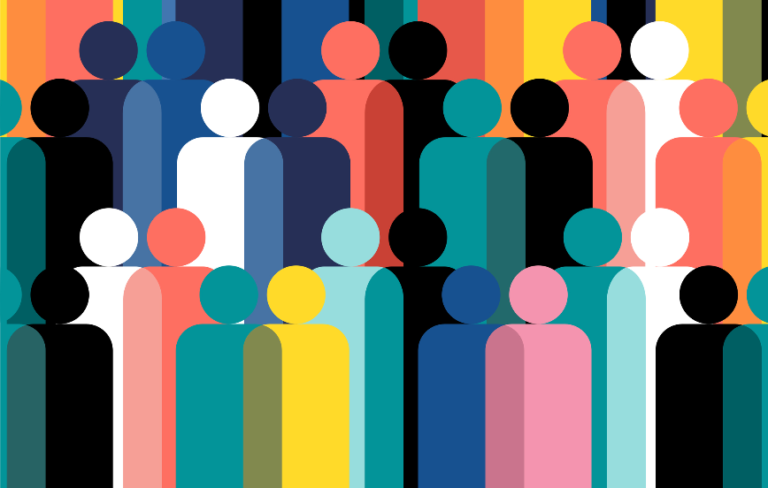How to stay productive and connect with coworkers—even from the solitude of space.
Antarctica can be a lonely, desolate place. So when Alia Khan, a scientist from Bellingham, Washington, was dispatched there for four months in 2012, she was prone to bouts of ennui. “Working in remote field camps, far away from family and friends, there are times you feel lonely,” says Khan, who studies the effects of climate change. “Especially during the holidays.”
Reaching out to loved ones wasn’t always an option. “I’d use email and satellite phones to connect with people at home,” she says, “but there isn’t always the bandwidth for video chats.” With limited connectivity, Khan’s go-to solution for fighting off feelings of isolation after hours of working alone was a simple one: dancing. “It feeds the soul,” she says. “Whether I’m at home taking a writing break or collecting samples in a vast region of Antarctica, busting out some silly moves always lifts my spirits.”
Connecting across distances
According to a prominent London-based clinical psychologist and author, loneliness and isolation are the biggest problems faced by people who work remotely. Too much time alone is rough on your health. A university study with 308,849 participants found that insufficient social contact increased risk of premature death by 50 percent.
Though it might seem frivolous, strategies like Khan’s could help the growing numbers of people now working from home. Even just getting outside has proven to help counter feelings of loneliness. Mark Kelly, the astronaut and U.S. senator from Arizona, said recently that when he lived for nearly a year on the International Space Station, one of the things he missed most was the ability to go outside. To try to replicate that in space, sounds of birds and rustling trees were played. “I started to crave nature,” he wrote in March 2020. “Research has shown that spending time in nature is beneficial for our mental and physical health, as is exercise.”
In fact, several studies have shown that exercise helps alleviate feelings of loneliness. That research also suggests that team sports and group exercise are even more successful at beating back the blues associated with solitude. A 2021 study looked at how college students dealt with loneliness during periods of isolation by assessing exercise levels prior to and at the height of the COVID-19 pandemic. Group activity, the researchers discovered, even whenincorporating physical distance to adhere to safety protocols, supplied a shot of endorphins while also “providing a sense of belonging, which in turn was assumed to reduce loneliness.”
In essence, the combination of the endorphin hit and a perceived sense of connection was effective at combating loneliness. That may be one reason online fitness classes, such as those on a stationary bike or with a remote yoga instructor, became so popular. Group exercise, even if done virtually, is an effective way to connect.
The future of coworker connection
Going forward, technology will help us combat loneliness. As new digital tools such as holograms and VR office spaces arise, creating a real sense of presence, remote work will feel less isolating. Yet it’s unlikely that tech will be completely ameliorative, and it may be unable to fully approximate the team dynamics that often get lost in remote work situations. The bottom line: we’re still going to need in-person contact, especially when it comes to improving mental health.
“You can’t get rid of loneliness in a virtual way,” says Drayton. “So companies need to be thinking: How do we get people away from their screens and interacting with people?”
One potential fix, says Drayton, is group activities that help create cohesion. “With work teams, you want to build a sense of community and camaraderie,” Drayton says. “This can be done by organizing evening or weekend events. For example, I once organized a get-together where three field camps joined together for a potluck of sorts. Two of the camps traveled several miles over frozen lakes by a mixture of hiking and ATV. It was so fun to come together and share a meal. The jokes that came out of that night were retold over two-way radio for weeks.”
In ten to fifteen years, as our definition of office work expands to include outer space, we may find ourselves organized into large work pods, much as Alia Khan has in some of her larger missions to earth’s arctic outposts. We can’t wait for our first group spacewalk.




